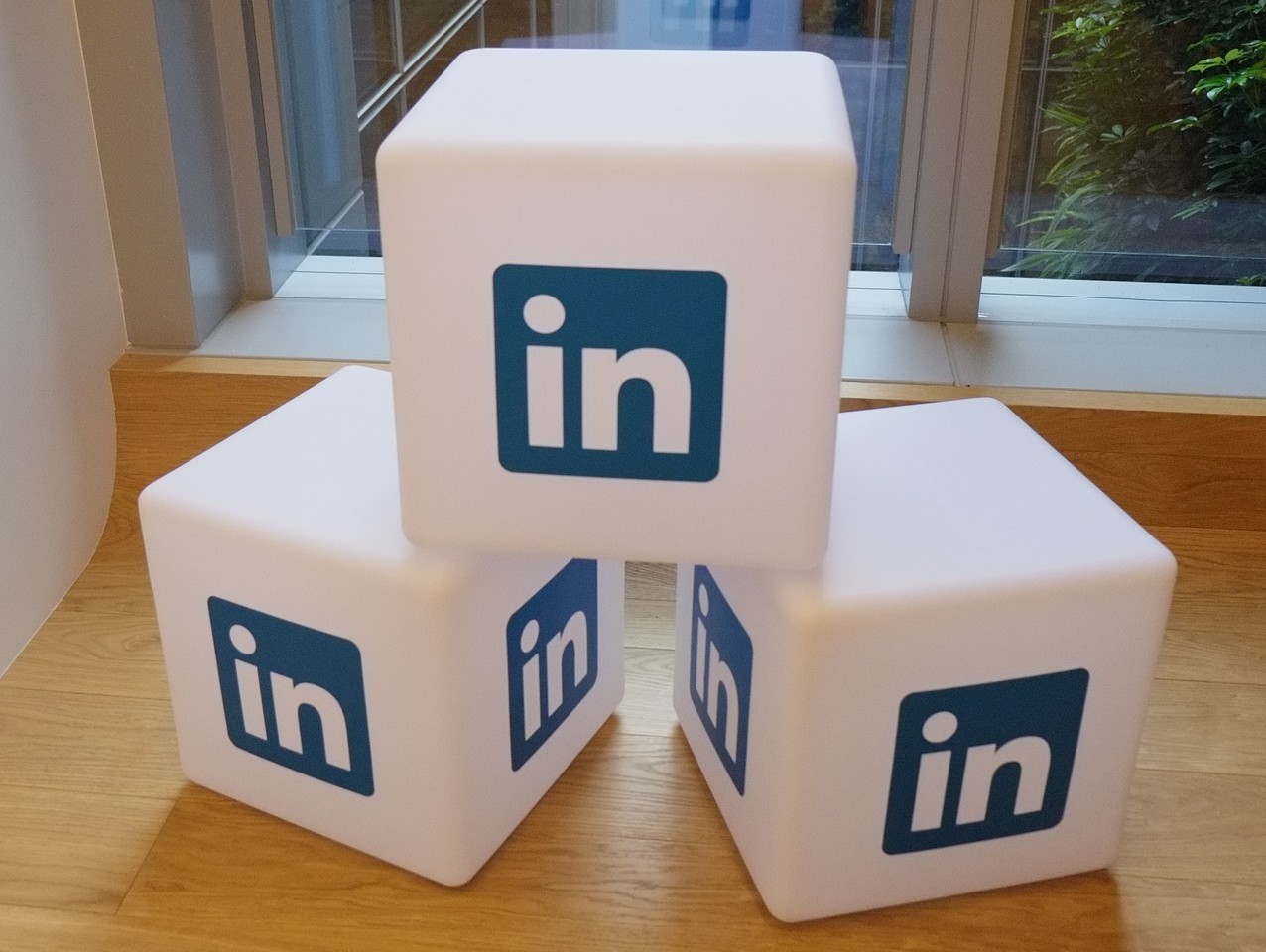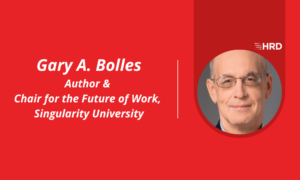Analytics in action: How Linkedin accurately predicted future recruiting needs and saved millions
- 4 Min Read
Linkedin’s analytics team became self-funding for several years with just one successful project.
- Author: Owain Thomas
- Date published: May 5, 2016
- Categories

Linkedin used its talent analytics team to predict its annual hiring requirement to within 5%.
The efficiency of the operation meant it came in 15% under budget for the year and saved the company millions of dollars.
It combined the big data project with improved management of recruitment teams to target resources when needed during times of higher workload in various locations and departments.
The social network is also in the middle of another analytics project that is successfully helping it target candidates who are more likely to join it.
Speaking at the People Analytics conference, Linkedin talent analytics EMEA business operations manager Claude-Alain Descloux said: “Imagine being able to hit all your talent recruitment targets and save millions of dollars.
“That’s what the talent acquisition team at Linkedin did last year and the talent analytics team was fundamental in doing that.”
In 2014 the team was asked to investigate the possibility of effectively managing recruiting capacity to support the business’ rapid growth.
Cross-company data
It created a model using data from finance, HR and the talent acquisitions team to estimate the hiring required.
“We gathered data from finance on the number of additional hires to make in the year, from HR on the attrition rate expected for the year, and on transferred rates of people moving internally from talent acquisition,” Descloux continued.
“With the hiring targets we used seasonality in order to estimate when those hires were likely to be made.
“Then we went to talent acquisitions team to see what their expectations were of hires per recruiter per month,” he added.
This gave a prediction of hiring demand and was then combined with effective management of the recruitment teams sharing resources during quieter periods to support busier teams.
A linking of HR, finance and talent acquisition teams was also required to keep a check on whether targets were being made or where any problems were arising.
The seven reasons why HR teams are investing in analytics
Fantastic result
Descloux called the outcome of the full project with the two additional processes “quite fantastic”.
“The model itself was accurate in predicting 95% of the actual hires for 2015,” he said.
“Because we were looking to allocate resources in a more dynamic flexible way we were able to be 15% under budget, which saved us several millions of dollars a year – which is basically paying for the talent analytics team for quite a few years to come.
“That’s quite a basic function – it’s not the most sophisticated or innovative approach, but using a simple modelling and process of enhancement we were able to give talent acquisition visibility into the future,” he added.
Targeting talent
The team is also building a process to help identify high quality talented individuals who are likely to want to join Linkedin using its talent database.
It uses two elements to identify potential recruits: skills match based on experience and work skills and an affinity score based on the closeness of connections to Linkedin.
Descloux has been testing the algorithm with the talent acquisition team and seen notable successes.
First it is helping the team to focus on those potential candidates with a higher likelihood of joining the business.
Second, it is seeing a higher rate of response to contacts from those with a higher affinity score.
“So this is quite interesting with the increased email acceptance rate. Those with a high affinity score are scoring two to three times higher than in the low affinity score,” said Descloux.
“That was for test and control group. That was an ‘ah ha’ moment.
“We could see how we could leverage this information in helping TA focus on spending their time wisely, on the candidates that were relevant,” he added.









